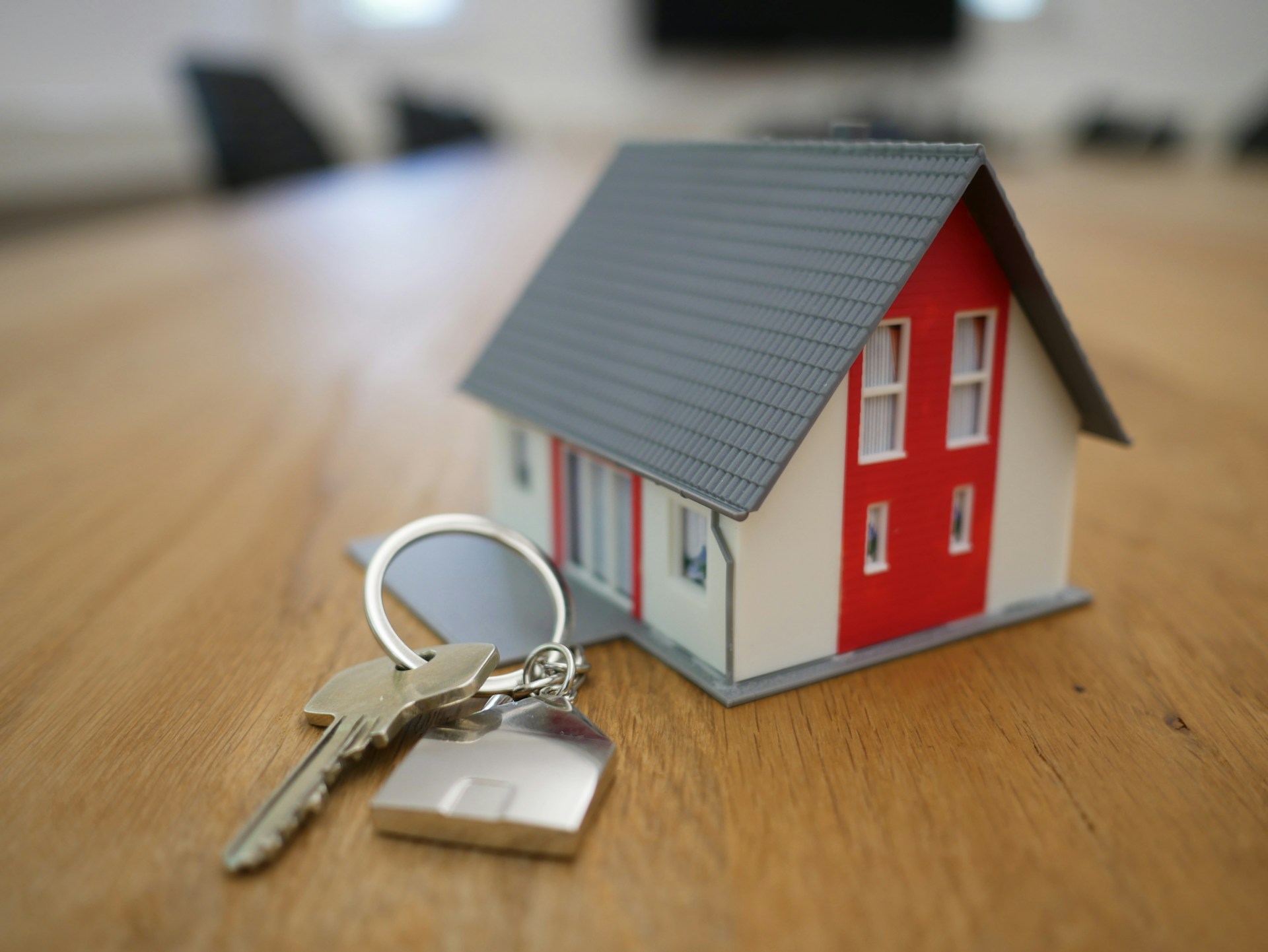

Question: Can We Buy a House Without a Down Payment?
Answer: It’s challenging to buy a house without a down payment, but some options like government-backed loans or programs offered by certain lenders may allow for low or no down payment mortgages. However, these options often come with strict eligibility criteria and other requirements.
Can We Buy a House Without a Down Payment? Alternatives for Homeownership
The dream of homeownership can feel out of reach for many, particularly with the rising costs of real estate. A substantial down payment is traditionally seen as a prerequisite, but what if you don’t have the savings yet? This guide explores alternative pathways to homeownership, even without a traditional down payment. [ 1 ]
Understanding the Down Payment: The Role of Financial Security
-
Reduced Borrowing Costs:
A down payment reduces the amount you need to borrow from a lender. This translates to lower monthly mortgage payments and less interest paid over the life of the loan. A larger down payment strengthens your financial position and makes you a more attractive borrower to lenders. -
Building Equity Faster:
Every mortgage payment consists of two parts: principal and interest. The principal amount is the portion that goes towards owning the home. With a larger down payment, a greater share of your monthly payment goes towards principal, accelerating your equity growth. Equity refers to the portion of the home that you truly own.
While a down payment offers significant benefits, there are still ways to achieve homeownership without one.
Click here for more information about Orangeville real estate agents
Related Article: What is the Minimum Deposit to Buy a House?
Related Article: What is the Best Age to Buy a House?
Government Programs: Leveraging Government Assistance
-
Home Buyer’s Plan (HBP):
The Canadian government’s Home Buyer’s Plan (HBP) allows first-time homebuyers to withdraw funds from their Registered Retirement Savings Plan (RRSP) towards a down payment. This program offers a valuable opportunity to access funds for a down payment, but it’s important to understand the repayment requirements. -
Regional Incentives:
Some regions offer additional incentives for first-time homebuyers. These programs may take the form of down payment assistance grants or shared equity programs. Researching local programs can help you determine if you qualify for any additional financial support.
Government programs can help bridge the gap and make homeownership more accessible.
Alternative Lending Options: Exploring Non-Traditional Routes
-
Private Mortgage Lenders:
Private mortgage lenders can offer financing options for those who may not qualify for traditional mortgages from banks. Private mortgages typically come with higher interest rates and stricter qualification requirements. Carefully evaluate the terms of a private mortgage before proceeding. -
Seller Financing:
In some cases, sellers may be willing to finance a portion of the purchase price for the buyer. This can be attractive if you have a strong offer and a steady income, but it’s important to have a clear legal agreement outlining the terms of the seller financing.
Alternative lending options offer flexibility but require careful consideration due to potentially higher costs and stricter terms.
Weighing the Risks and Rewards: Considering the Long-Term Impact
-
Increased Debt Burden:
Buying a house without a down payment means borrowing a larger amount. This translates to higher monthly mortgage payments and a longer payoff period. Ensure your income can comfortably support a larger monthly debt obligation. -
Private Mortgage Insurance (PMI):
If your down payment is less than 20% of the purchase price, you’ll likely be required to pay private mortgage insurance (PMI). PMI is an additional monthly fee that protects the lender in case of default. -
Limited Leverage:
A smaller down payment translates to less equity in the property initially. This can limit your leverage when it comes to negotiating the purchase price or refinancing in the future.
While there are ways to buy without a down payment, understand the potential drawbacks and ensure you can manage the increased financial obligations.
Building Your Down Payment: Saving Strategies for Future Opportunities
-
Budgeting and Saving:
Develop a realistic budget that factors in your income and expenses. Allocate a portion of your income towards a dedicated savings account for your down payment. Even small amounts saved consistently can add up over time. -
Debt Reduction:
Focus on paying down existing debts, particularly high-interest debt. This will free up more of your income to save towards a down payment and improve your credit score, making you a more attractive borrower to lenders in the future. -
Alternative Savings Strategies:
Explore alternative ways to boost your down payment savings. Consider renting out a spare room, taking on a side hustle, or reducing unnecessary expenses.
While buying without a down payment may be an option, building your savings can position you for a more financially secure home buying experience in the future.
Conclusion: Homeownership is a Goal, not a Race
The path to homeownership doesn’t always follow a straight line. While a down payment offers undeniable advantages, there are alternative ways to achieve your dream. Carefully evaluate your financial situation, explore all options, and seek professional financial advice to determine the best course of action for you. Responsible homeownership is a marathon, not a sprint. By planning strategically and making informed decisions, you can pave the way for a successful
References
1. https://loanscanada.ca/mortgage/no-down-payment-mortgages/


